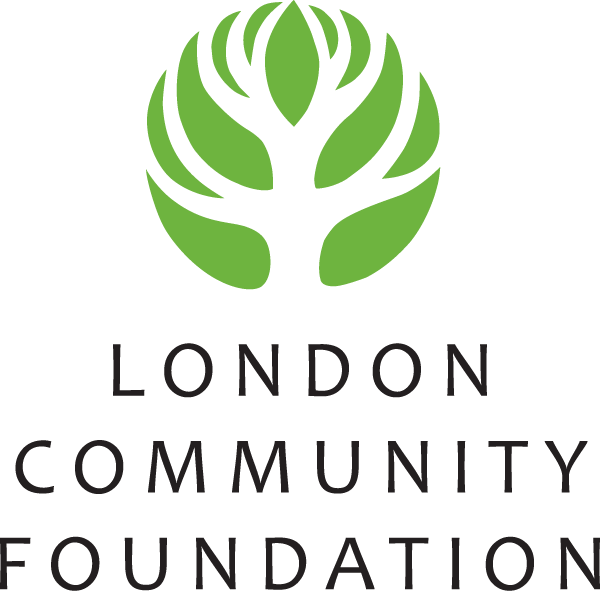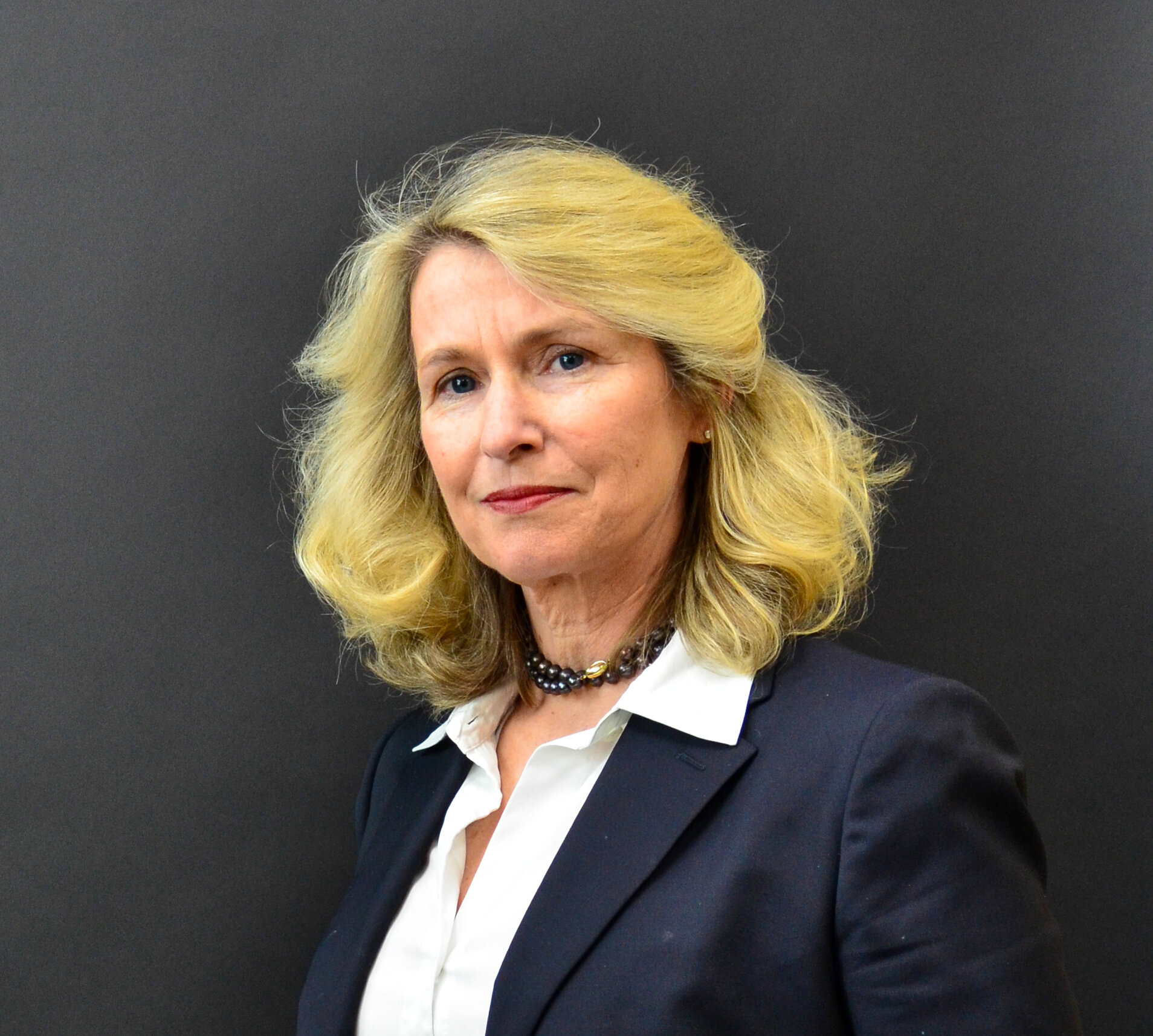Bring Back the Thames River
Bring Back the Thames River
By Mary Ann Colihan
Mary Ann Colihan
Like many Londoners, my relationship with the Thames deepened on my bike. My family likes to cycle the four branches of the path that hug the river. Our favourite spots include the iconic Blackfriars Bridge, Killaly Woods, Springbank Park, and of course, the Forks vista. I also enjoy biking to Pottersburg Park with my former neighbour, a keen birder, who grew up nearby and could identify song birds darting, mid-trill, in the trees, invisible to me.
The ride can get a bit smelly depending on how close you are to a sewage treatment plant. And when you read the watershed report cards from the Upper Thames River Conservation Authority, it is clear that the water that flows through London is murky when it arrives at the Forks and no cleaner when it leaves the city. Hence, pollution in the river is a pass-along problem. And our river’s nutrient-rich water causes down-stream concerns, like the growth of algal blooms, especially in the shallow Western Basin of Lake Erie.
I hope the Back to the River project can help build awareness about non-point source pollution. Non-point source pollution, like storm water and sewer overflows and agriculture run-off, are much harder to measure than point pollution out of a factory pipe. There are best practices available to keep nutrients on the field where they belong. But voluntary programs do not work. All levels of government must act together and require farmers and municipalities to reduce non-point, nutrient pollution, like phosphorus, or pay for remediation.
So many faded industrial cities, like Detroit, share these problems and work hard to reclaim their waterfronts. During the 1960s, the Detroit River, a 51 kilometre-long channel that links Lake St. Clair to Lake Erie, was one of the most polluted rivers in North America. But public concern and activism led to environmental laws that required industrial and municipal pollution prevention and control.
Dr. John Hartig, a visiting scholar at University of Windsor’s Great Lakes Institute for Environmental Research, managed the Detroit River International Wildlife Refuge. He says the Detroit River is proof that a collective focus on remediation can bring back the environment. Today, the River is home to species that had almost disappeared including bald eagles, peregrine falcons, osprey, lake sturgeon, whitefish and beavers. “We’re like a biodiversity hot spot in the industrial heartland,” said Hartig. “What we see today because of pollution prevention, pollution control and active stewardship and management is one of the single most remarkable comebacks in North America.”
According to GREAT LAKES REVIVAL How Restoring Polluted Waters Leads to Rebirth of Great Lakes Communities, the cleanup of the Detroit River helped inspire the 5.5-mile Detroit RiverWalk. The report says the $80 million invested in RiverWalk leveraged over $1 billion (U.S.) of public and private sector investments. This is precisely the type of multiplier effect the London Community Foundation is seeking to create subsidized housing and other infrastructure improvements along the Thames.
Journalists heading down the Detroit River to the River Rouge in 2014.
As more is known about the history of local aboriginal communities, especially at the Forks, there should be more permanent interpretive opportunities for our First Nations. Back to the River can be a focal point for peace and reconciliation. Partnerships can be developed for improved programs and events in heritage, arts and culture and recreation and sport. If Back to the River can inspire pride in our environment and a commitment to cleaning the Thames, it has the potential to be about the best of London, past, present and future.
Mary Ann Colihan in Tuscon, Arizona
Mary Ann Colihan is an LCF volunteer and journalist. She was a fellow of the Detroit River Institute (2014) and is grateful to the Institute of Journalism & Natural Resources for their support.



